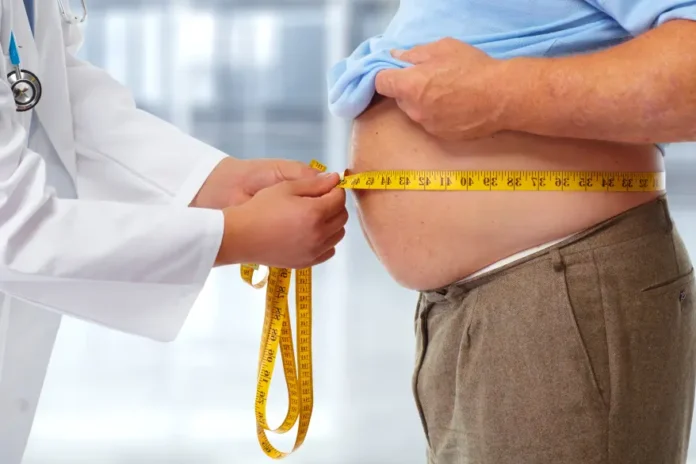Key Point Summary – Obesity Cancer Deaths
- Obesity-related cancer deaths in the U.S. have tripled since 1999
- The mortality rate surged from 3.73 to 13.52 per million people
- Women, older adults, and rural areas were hit hardest
- Vermont, Minnesota, and Oklahoma had the highest death rates
- Utah, Alabama, and Virginia had the lowest
- 40% of U.S. cancer diagnoses are tied to obesity
- Obesity now affects over 40% of American adults
Startling Surge in Obesity-Linked Deaths
A deadly trend is gripping America. Cancer deaths tied to obesity have tripled in just two decades, according to new research presented at the Endocrine Society’s annual meeting in San Francisco.
The study, which examined over 33,000 deaths between 1999 and 2020, revealed that the obesity cancer death rate skyrocketed from 3.73 to 13.52 per million people. That’s more than a threefold increase — and one that shows no sign of slowing.
Not All Americans Are Affected Equally
Some groups are suffering far more than others. The data shows that women, older adults, Black Americans, Native Americans, and those living in rural areas are seeing the highest death rates.
Dr. Faizan Ahmed of Hackensack Meridian Jersey Shore University Medical Center emphasized the urgent need for action.
“Obesity is a significant risk factor for multiple cancers, contributing to significant mortality,” he said. “This research underscores the need for targeted public health strategies like early screening and better access to care.”
Obesity Cancer Deaths Vary by State
Where you live also matters. The new study found that Midwestern states are seeing the highest obesity cancer deaths, while the Northeast is faring best.
At the state level:
- Highest death rates: Vermont, Minnesota, Oklahoma
- Lowest death rates: Utah, Alabama, Virginia
These gaps reflect broader issues of healthcare access, socioeconomic status, and local public health strategies.
The 13 Cancers Linked to Obesity
According to the CDC, obesity is strongly tied to at least 13 types of cancer. These include:
- Breast (in postmenopausal women)
- Colon
- Uterus
- Gallbladder
- Pancreas
- Liver
- Thyroid
- Brain
Together, these obesity-linked cancers now account for 40% of all new cancer diagnoses in the U.S. every year.
Obesity’s Explosive Growth
Obesity now affects 40.3% of American adults, per CDC data. It’s defined by having a body mass index (BMI) of 30 or higher. But cancer isn’t the only danger. Obesity is also tied to:
- Heart disease
- Sleep apnea
- Infertility
- Depression
- Diabetes
The World Health Organization called obesity a global epidemic back in 1997. Experts say the trend actually began in the mid-1970s, and rates have only gotten worse since.
Why Is This Still Happening?
The causes are complex — but lifestyle is a major factor. Researchers blame the explosion of ultra-processed foods, sugary drinks, and screen time.
People are moving less, eating more, and often lack access to healthy food. Many communities hit hardest by obesity cancer deaths also face food deserts and underfunded healthcare systems.
Some Hope on the Horizon
While tech and fast food helped fuel the problem, they might also help solve it.
TikTok has become a surprising source of nutrition hacks, encouraging young people to ditch junk food. At the same time, weight loss drugs like Ozempic and Wegovy are reshaping the battle against obesity.
But these solutions aren’t one-size-fits-all. Experts say we still need massive policy changes, more education, and better preventive care if we want to reverse the trend.
The Bottom Line
The rise in obesity cancer deaths is one of the most alarming health crises in America.
It’s not just about weight — it’s about access, awareness, and inequality. Without bold action, the toll will only grow.




